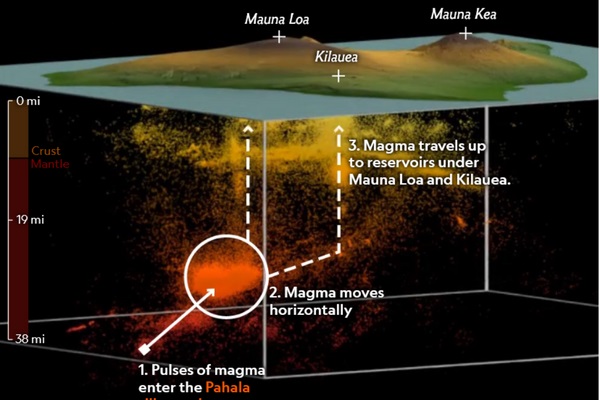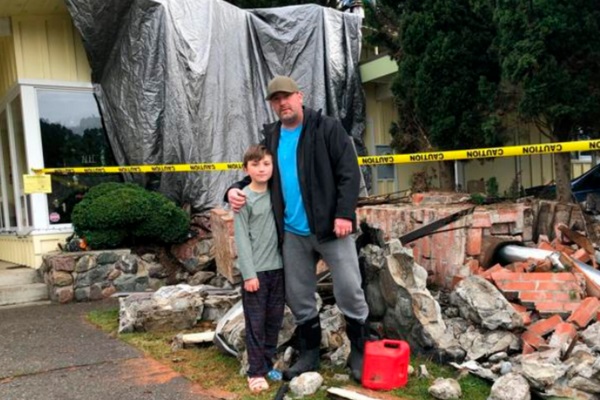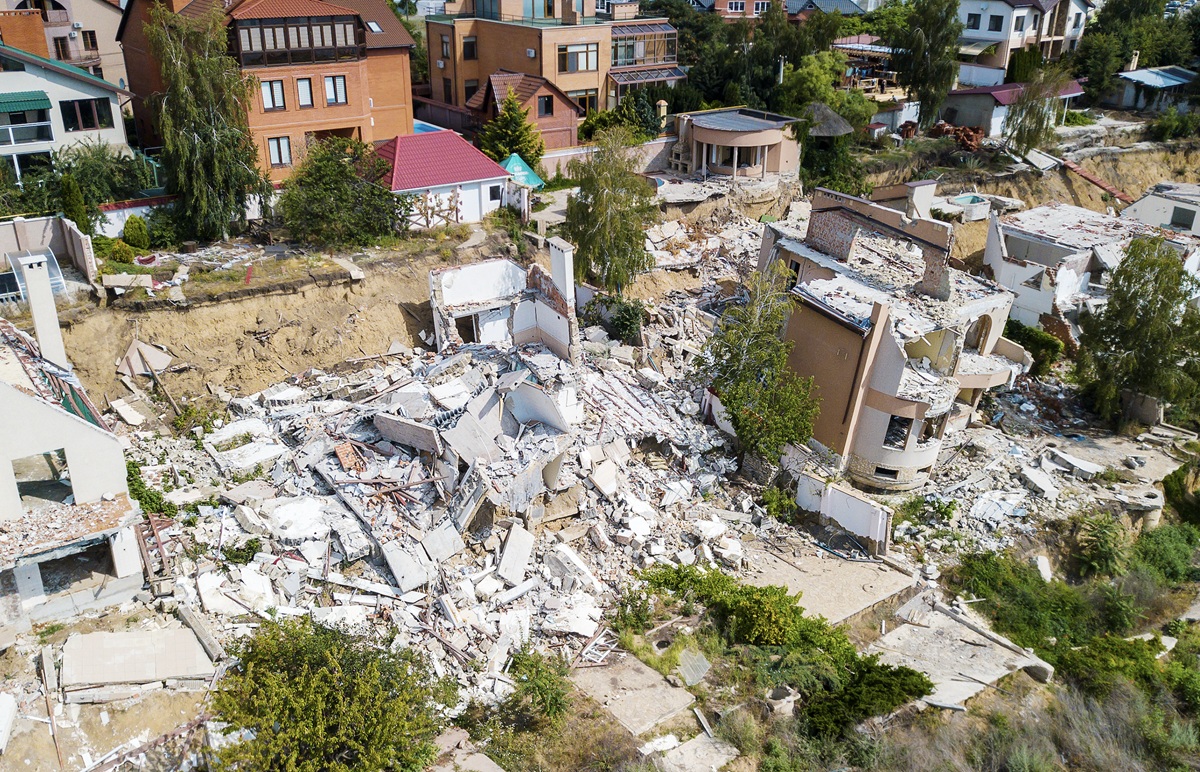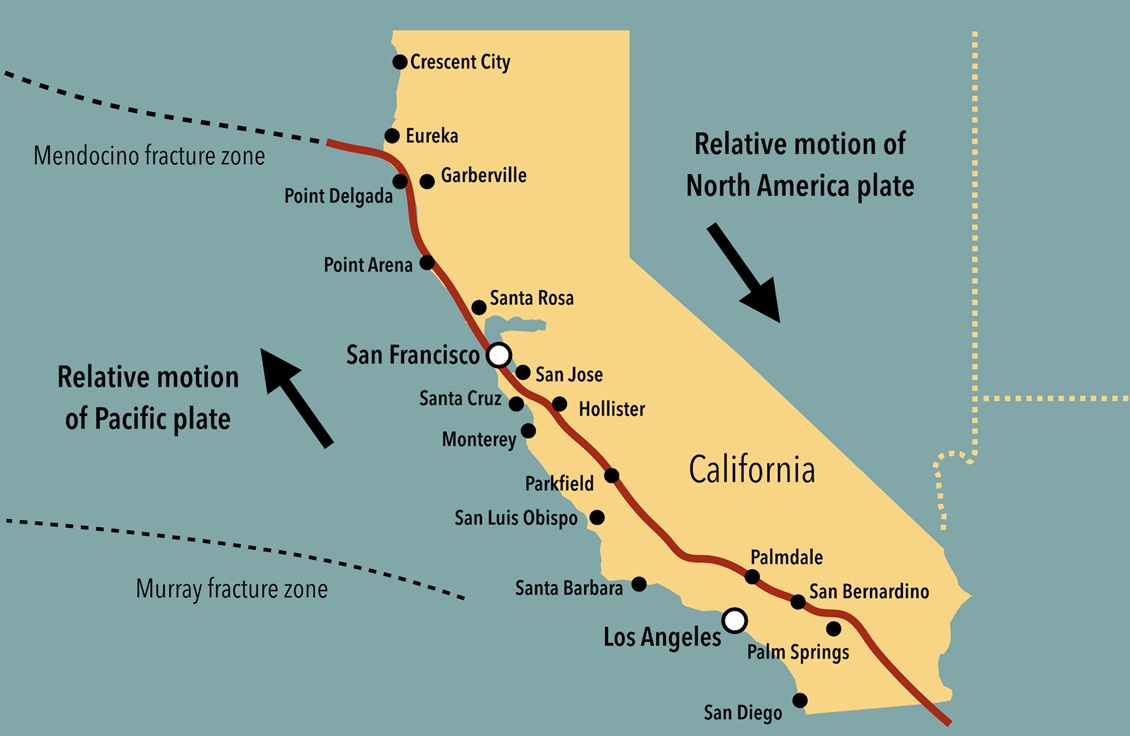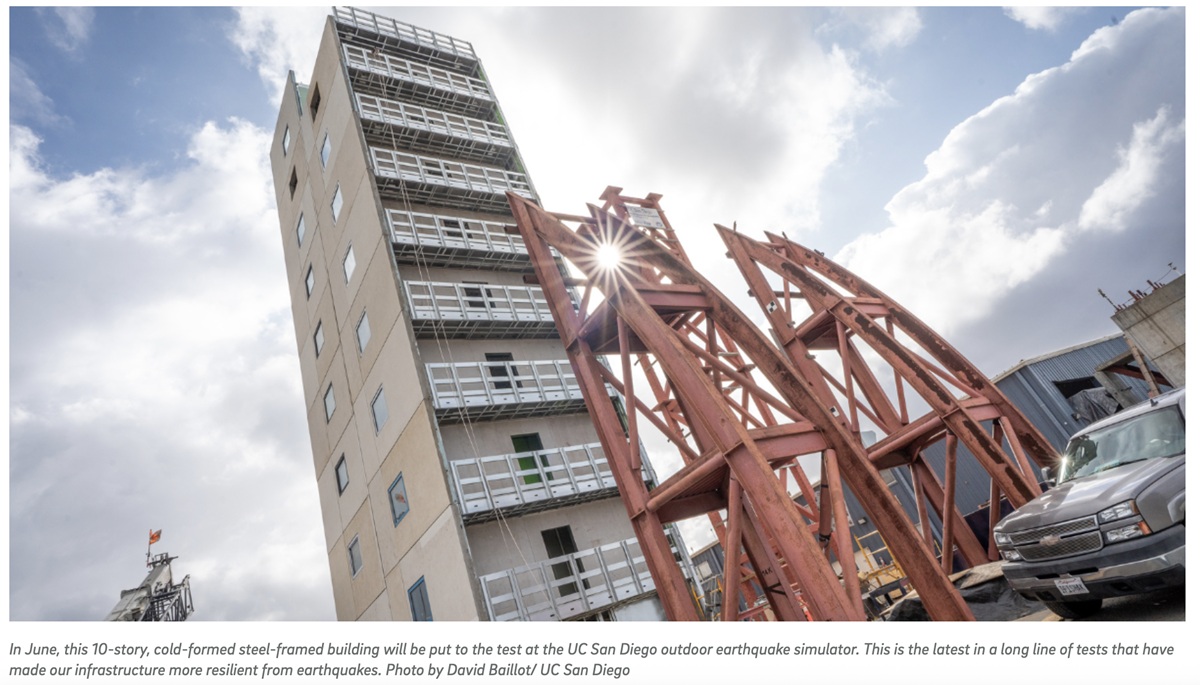OPTIMUM SEISMIC, INC.
January 2023 NEWSLETTER
Resilience Movement Growing Stronger
Ali Sahabi, GEC
Principal,
Optimum Seismic, Inc.
There’s good news in 2023 about preparing our communities for earthquake safety and resilience.
The Urban Land Institute issued a recent report supporting adaptive reuse of older structures for environmental, economic and social reasons. This reinforces a growing focus on repurposing older structures to conserve resources and shrink our carbon footprint, while enhancing the safety of these buildings.
Shifting to economic resilience, the U.S. Small Business Administration is teaming up with the U.S. Resiliency Council to educate small business owners about the importance of resilience to keep local economies strong. Small business plays a key role in the health of our communities, and this partnership will help keep these vital employers strong following a major seismic event.
As an early pioneer in sustainable development and resilience, I am excited at these and many other positive steps taking place to work with nature, not against it.
Mayor Bass Applauds LA’s Progress On Retrofits
Mayor Karen Bass praised the earthquake safety achievements of the City of Los Angeles during her inaugural speech on December 11, 2022.
Mayor Bass credited the achievements to former Mayor Eric Garcetti by telling him “Your legacy is large.” She noted Angelenos will be benefitting from Garcetti’s leadership in the years ahead “as we go to bed in apartment buildings that are safer from earthquakes.”
Read more
SBA, USRC launch initiative to promote resilience
The Small Business Administration and U.S. Resiliency Council are helping small businesses become more resilient so they can recover and rebuild following disaster. SBA Administrator Isabella Casillas Guzman called it “the most critical work we can do.”
Read more
Golden Gate to receive $400 million for retrofits
The Golden Gate Bridge is set to receive $400 million from the multi-billion-dollar infrastructure bill for retrofitting against earthquakes. The Federal Highway Administration listed the bridge as being in “fair” condition, but noted that continued deterioration would result in a “poor” rating in the next three years.
Read More >>
Underground pockets of magma linked to quakes
Scientists have uncovered the mystery of a swarm of earthquakes — as many as 500 per week — rattling the small town of Pahala in Hawaii. A pulsing stack of pancake-shaped structures more than 20 miles underground is swelling with magma and may even feed magma into Klauea and Mauna Loa.
Read More >>
Tears and tenacity for Humbolt quake survivors
Towns near the recent 6.4 magnitude quake near Eureka has people picking up the pieces of their lives to move on. Some shed tears, others display tenacity as they ponder their next steps. As many as 150 families lost their homes.
Read More
A second ‘violent’ quake strikes near Eureka
Another earthquake struck Northern California Sunday for the second time in less than two weeks. The 5.4 magnitude temblor hit 30 miles south of Eureka, shaking homes with a more brutal force due to the shallow depth of the quake. “My refrigerator moved 2 feet,” Rio Dell Mayor Debra Garnes told CNN.
Read More
Geohazard exercises foster resilience in Alaska
Dragging a block of wood wrapped with sandpaper along a sandpaper runway is giving rural residents of Alaska a sense of the geology associated with earthquakes. These exercises are teaching residents important lessons and building resilience through heightened understanding.
Learn More
Tokyo boosts infrastructure for resilience in 2040
With Tokyo facing more rainfall, rising sea levels and more in the 2040s, the city is upgrading its infrastructure to be more resilient in the face of disasters like rain, typhoons, flooding, earthquake and fires — as well as power outages, communications disruptions and the outbreak of infectious diseases.
Read More
New Zealand hospitals not ready for a major quake
A new report out of New Zealand says many key hospital facilities, such as operating theaters, could be unusable immediately after a quake. Non-structural elements like pipes, and equipment raised a major concern that they may break under the stress of a major earthquake.
Read More








